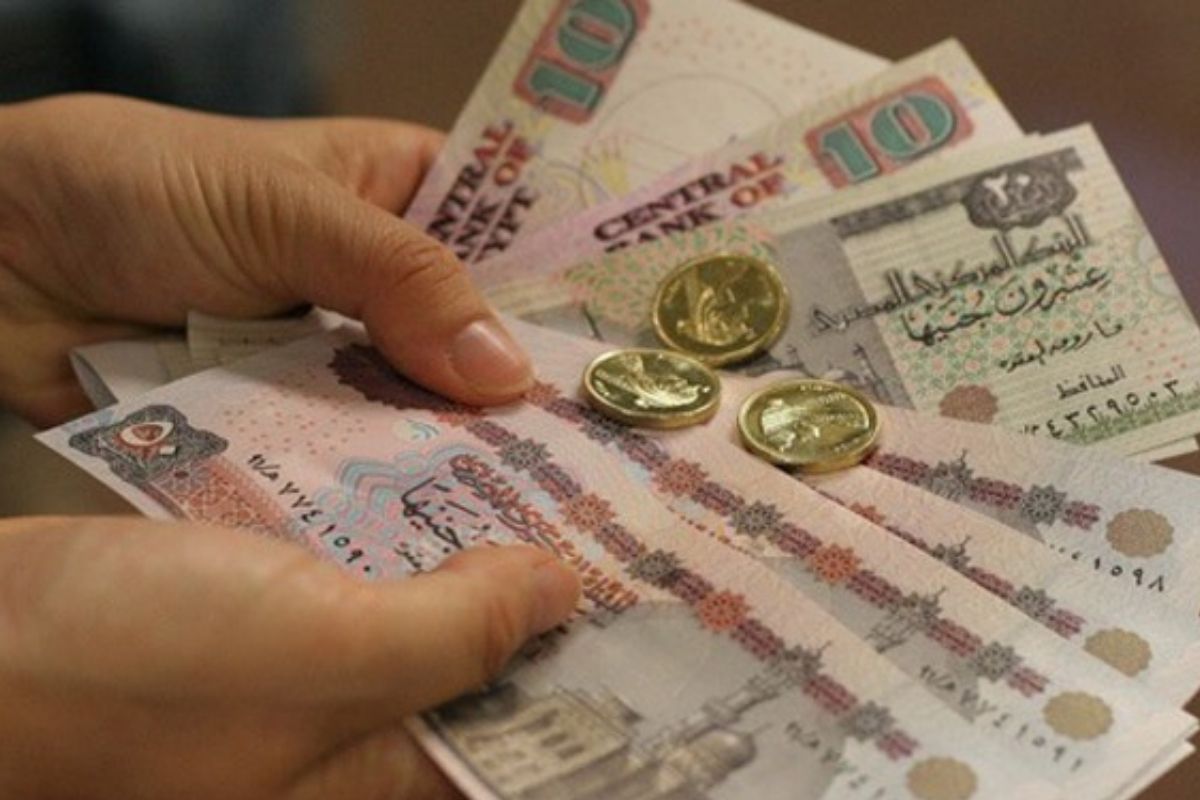Economy
Egypt Inflation at Slowest in Three Years After Food Costs Fall

(Bloomberg) — Egyptian inflation eased unexpectedly to its lowest rate in more than three years, with some analysts predicting a greater chance of the central bank cutting interest rates in the coming months.
Consumer prices in urban parts of Egypt rose by an annual 9.4% in June, compared with 14.1% in May, the state-run statistics agency, CAPMAS, said Wednesday. On a monthly basis, food prices declined 2.2%. Although the extent of the deceleration was a surprise to many economists, concerns about the potential inflationary impact of fuel subsidy cuts enacted earlier in the month could give the central bank pause before it can resume an easing cycle.
“Falling inflation, coupled with the dovish shift among central banks around the globe, increases the chances of an interest-rate cut,” Jason Tuvey, senior emerging markets economist at Capital Economics in London, said in a report. “But we think that the central bank will want to assess the impact of electricity and fuel price hikes that took effect this month.”
A key consideration before the central bank’s meeting on Thursday will be the subsidy reductions, the fourth to be enacted since the government launched an International Monetary Fund-backed economic program in November 2016. Increases in fuel prices, which ranged from 16% to 30%, are expected to ripple through the economy, affecting everything from food to transportation, and further squeezing a nation of nearly 100 million where around half live near or below the poverty line.
Food Relief
The deceleration in prices last month appeared linked mostly to a slowdown in the cost of food and beverages, as well as a high base effect. Annual core inflation, the gauge used by the central bank and that strips out volatile and regulated items, came in at 6.4% in June, its lowest since October 2015, according to data compiled by Bloomberg.
“We expect monthly inflation to accelerate to 3.5% in July, and the annual readings are likely to accelerate to 10%-11% in July and August,” said Mohamed Abu Basha, head of macroeconomic analysis at Cairo-based investment bank EFG-Hermes.
Despite the surprising drop, the central bank is likely to stay the course until the fourth quarter, after lowering rates just once in over a year. Inflation is within its target range of 9%, plus or minus 3 percentage points, which policy makers set for end-2020.
“We could see inflation dip to just below 10% in the period up to December due to the positive base effect,” said independent economist Reham El Desoki. “In December the tide turns and the base effect leads to a jump in annual headline inflation to an average of 13% in the first half of 2020.”
But Naeem Holding’s director of research, Allen Sandeep, said the bigger-than-forecast deceleration has created a real interest rate of almost 6 percentage points, making possible a cut of 100 basis points in the benchmark when the central bank meets this week.
-

 Magazines2 months ago
Magazines2 months agoOER – September 2025 Issue
-

 Alamaliktistaad Magazines2 months ago
Alamaliktistaad Magazines2 months agoAlam Al Iktisaad – September 2025 Edition
-

 News1 month ago
News1 month agoKitchenomiKs Secures Investment of US$3.2M Led by Jasoor Ventures
-

 News2 months ago
News2 months agoCent Capital, AI Finance App by ex-AWS Strategist ‘The Beast of Bay Area,’ Launches to End Financial Anxiety, Hits $1M AUM
-

 News2 months ago
News2 months agoOman Inaugurates ‘Hadatha’ – Its All-New Cybersecurity Center
-

 Banking & Finance1 month ago
Banking & Finance1 month agoOman Arab Bank Highlights Its Ongoing Strategic Initiatives and Future Plans
-

 News2 months ago
News2 months agoIEA Expects Global Oil Market to Remain Oversupplied in 2026
-

 Energy1 month ago
Energy1 month agoWLGA Middle East LPG Summit & Expo 2025 to be held at OCEC on November 10 and 11































You must be logged in to post a comment Login